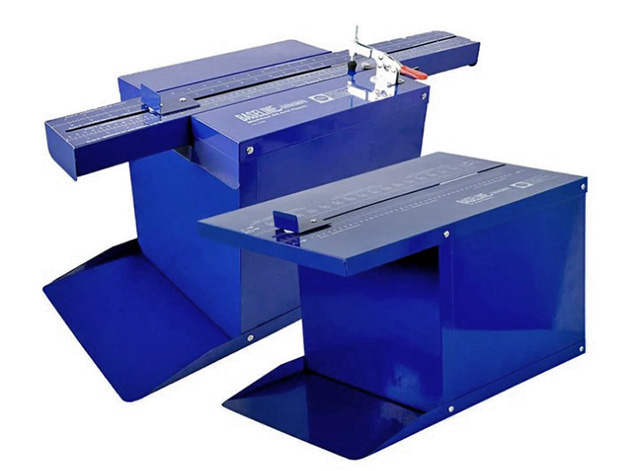This is a modified version of the traditional sit and reach test, designed to control for the variable lengths of people's arms and legs, which is a limitation of the standard test. In this test, the zero mark is adjusted for each individual, based on their sitting reach level.
test purpose: The sit and reach test is an important functional measure of hip region flexibility, including the lower back and hamstring muscles (the back of the legs). Generally, lack of flexibility in this region is associated with an increased risk of injury, and specifically is implicated in lumbar lordosis, forward pelvic tilt and lower back pain.
equipment required: modified sit and reach box. You need one designed specifically for the modified test (or alternatively a makeshift ruler and box may be used).
pre-test: Explain the test procedures to the subject. Perform screening of health risks and obtain informed consent. Prepare forms and record basic information such as age, height, body weight, gender, test conditions. Perform an appropriate warm-up. See more details of pre-test procedures.
 some sit and reach boxes have a version suitable for the modified test, in which the baseline can be moved
some sit and reach boxes have a version suitable for the modified test, in which the baseline can be movedprocedure: Remove your shoes, and sit on the floor with your back and head against a wall. You legs should be out straight ahead and knees flat against the floor. Have someone place the box flat against your feet. While keeping your back and head against the wall, stretch your arms out towards the box. Adjust the sliding ruler so that the zero mark is at your fingertips. Place your hands side by side, and lean forward slowly as far as possible (your head and shoulders can come away from the wall) keeping the fingertips level with each other and the legs flat. Do not jerk or bounce to reach further. Hold the full reach position for two seconds, and record you score. See also video demonstrations of the Sit and Reach Test.
scoring: The score is recorded to the nearest centimeter or half inch as the distance reached.
variations: See the general sit and reach procedure page for a list of other test variations. The variations mostly involve differences in the placement of the zero mark.
validity: This tests only measures the flexibility of the lower back and hamstrings, and is a valid measure of this.
reliability: The reliability will depend on the amount of warm-up allowed, and whether the same procedures are followed each time. Most norms are based on no previous warm-up, though the best results will be achieved after a warm up or if the test is proceeded by a test such as the endurance test.
advantages: this modified sit and reach test accounts for variations in arm, leg and trunk length, a limitation of the traditional sit and reach test.
disadvantages: This variation of the sit and reach test requires a measurement box specifically made for this test, which is not readily available. The norms for the sit and reach are usually for the traditional method, so it may be hard to find results to compare to.
other comments: This test was developed by Acuflex, the makers of a sit and reach apparatus (Acuflex® I Modified Sit and Reach Tester), to overcome perceived limitations of the traditional sit and reach test.
Similar Tests
- The general Sit and Reach test procedure
- Other versions of the sit and reach test.
Related Pages
- Sit and Reach Test Results.
- Make your own Sit and Reach testing box.
- Sit and Reach Test Videos and other Flexibility Test Videos
- Other flexibility tests.
- Hamstring flexibility exercises on this list of stretches.
Related Products
- Sit and reach boxes — see what is available
- Browse other sit and reach boxes in the online store.
- Flexibility Store — items to measure flexibility.


 Current Events
Current Events